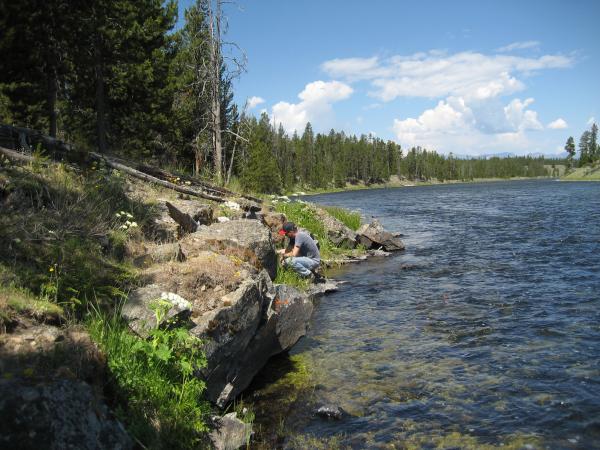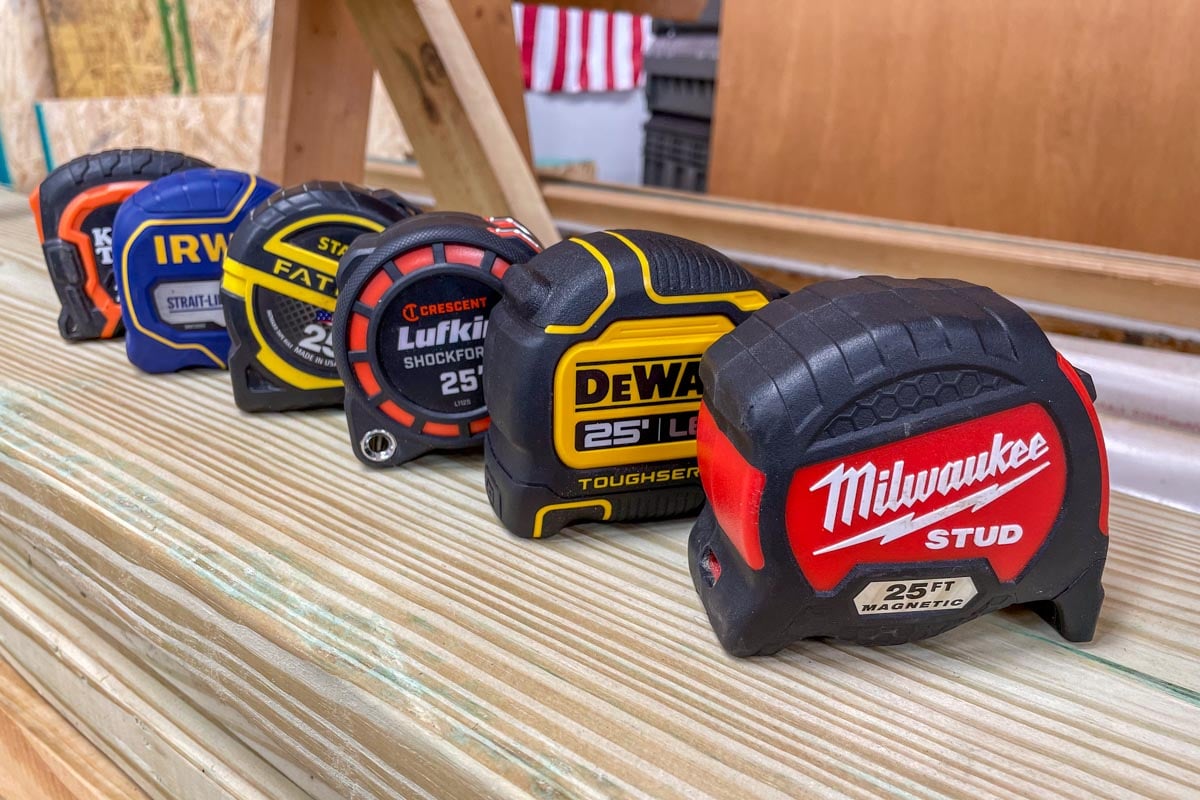Editor’s Note: Yellowstone Caldera Chronicles is a weekly column written by scientists and collaborators of the Yellowstone Volcano Observatory. This week’s contribution is from Mark Stelten, research geologist with the U.S. Geological Survey.
Studying a past geologic event is like a forensic investigation of the Earth itself—what happened? When did it happen? And what does the event tell us about might happen in the future? The ‘when’ question is particularly important because the dates of past events can help geologists to assess the causes and rates of things like volcanic eruptions and earthquakes.
To determine when past geologic events occurred, geologists turn a field of science called geochronology. There are many different types of geochronologic techniques. The most commonly used include: (1) radiometric dating, which measures the proportions of parent and daughter material left after the decay of radioactive atoms naturally present in rocks and minerals, (2) cosmogenic surface exposure dating, which measures the concentration of elements produced when cosmic rays interact with rocks and minerals, and (3) paleomagnetism, which measures the magnetic properties of rocks to determine their absolute or relative age.
Table showing different types of geochronology techniques, the ages over which those techniques are best applied, and the meaning of the ages determined by the techniques.
In radiometric dating, geochronologists use radioactive isotopes, which are atoms of the same element that have the same number of protons but a different number of neutrons, of various elements that are naturally contained within rocks and minerals to determine when those materials formed. Over time, radioactive atoms (the parent) will transform into another atom (the daughter) at a known rate via radioactive decay. The relative proportions of parent and daughter atoms, which are typically measured on a mass spectrometer, can be used to determine the age of the material in which they are contained.
There are many different types of radiometric dating techniques, but two of the most common are 40Ar/39Ar (argon) geochronology and U-series (uranium) geochronology. In fact, much of the age information of Yellowstone volcanic rocks comes from these two techniques. Carbon dating is another radiometric technique that is usually used to date organic material that is rich in carbon—in volcanic environments, this might include charcoal found under lava flows representing plants that were burned by the lava. The method cannot date rocks directly and is most useful for material that is only a few tens of thousands of years old, so it is less commonly used in volcanological studies of the Yellowstone region.
40Ar/39Ar geochronology is based on the decay of the isotope 40K (potassium 40) to 40Ar (argon 40) and is used to determine when volcanic rocks erupted. This technique is versatile and can date rocks and minerals that range in age from 10,000 years old to several billion years old. U-series geochronology is primarily based on the decay of 238U (uranium 238) and is typically used to constrain the timing of crystal formation. U-series geochronology is useful in the study of Earth processes because different parts of the decay chain, which progresses through several isotopes and elements, can be used to date earth materials over a wide age range, from hundreds of years old to billions of years old. In volcanic systems like Yellowstone, combining eruption age information from 40Ar/39Ar geochronology with the timing of crystal formation from U-series dating can inform how long magmas sit in the crust before erupting. This is because minerals in volcanic rocks often crystallize before the magma itself erupts.

A geologist examines a basaltic lava flow along the Madison River, looking for an area that can yield samples suitable for 40Ar/39Ar geochronology. /USGS, Jorge Vazquez, June 2017.
Cosmogenic surface exposure dating determines how long the surface of a rock has been exposed to cosmic rays, which are high-energy particles that enter the Earth’s atmosphere from space. When cosmic rays hit rocks, or minerals within rocks, they cause a reaction that produces cosmogenic isotopes (36Cl, 3He, 10Be, 21Ne, 26Al) at a known rate. The type and quantity of cosmogenic isotopes produced depends on the type of material hit by the cosmic rays. By measuring the quantity of cosmogenic isotopes present in a sample, it is possible to determine how long that sample has been exposed at the surface—for example, when an eruption occurred and lava or ash was deposited. The technique is also used to determine when glacial deposits formed, which helps constrain the timing of glaciations at Yellowstone.
Paleomagnetism uses magnetic characteristics to determine the age of rocks. When a magma erupts onto the Earth’s surface it is at high temperatures of about 800–1000 degrees Celsius, or roughly 1500–1800 degrees Fahrenheit. Magnetic minerals within the magma will tend to orient themselves towards the Earth’s magnetic north pole, like the needle of a compass. Once the rock cools this direction is “locked in” and can be measured using an instrument called a magnetometer.
The location of the Earth’s magnetic north pole changes with time, but the average position of its wander coincides with the geographic north pole. In some cases (depending on the sample’s location and geologic context), the variation in the direction of magnetic north through time is well known and can be compared to the magnetic direction recorded by a rock to determine its age. In other cases, geologists can determine the relative age of two rocks by measuring and comparing the magnetic directions recorded by the rocks. If the rocks are the same age, they will point to the same magnetic north pole location. If the rocks erupted at different times, then they will likely point to different magnetic north pole locations. Paleomagnetism is very useful when paired with radiometric dating because paleomagnetism can detect age differences of hundreds of years, which is finer than radiometric and cosmogenic techniques can resolve.
There are many ways to date rocks and geologic events. Not every technique will be applicable to every situation, so geologists have to be strategic with the geochronologic methods they apply. It’s through detailed and laborious work like this that we are able to understand the intricate geologic history of places like Yellowstone National Park.





